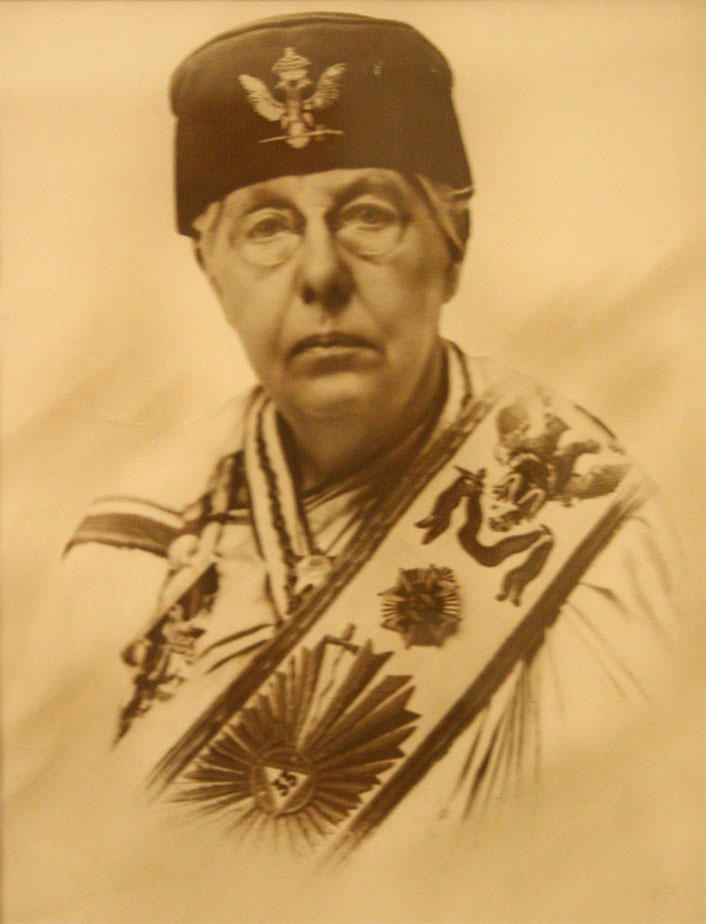

Annie Besant (nee Wood) led a long, varied and eventful life, and for a few years played a crucial role in industrial history. She was the daughter of an insurance underwriter in the City of London, and was educated until she was 16 by a governess, Ellen Marryat, sister of Captain Frederick Marryat, author of adventure books for boys. She had strong religious inclinations in her late teens, and was strongly influenced by the Oxford Movement. At the age of twenty she married a clergyman, Frank Besant (1840-1917), brother of the well-known author Sir Walter Besant (1836-1901), to whom she bore two children in 1869 and 1870.
After joining the Social Democratic Federation, Annie started her own campaigning newspaper called The Link. Like Catherine Booth of the Salvation Army, Annie was concerned about the health of young women workers at the Bryant & May match factory. On 23rd June, 1888, Annie published an article White Slavery in London where she drew attention to the dangers of phosphorus fumes and complained about the low wages paid to the women who worked at Bryant & May.
Three women who provided information for Annie's article were sacked. Annie responded by helping the women at Bryant & May to form a Matchgirls Union. After a three week strike, the company was forced to make significant concessions including the re-employment the three victimized women.
Besant also join the socialist group, the Fabian Society, and in 1889 contributed to the influencial book, Fabian Essays. As well as Besant, the book included articles by George Bernard Shaw, Sydney Webb, Sydney Olivier, Graham Wallas, William Clarke and Hubert Bland. Edited by Shaw, the book sold 27,000 copies in two years.
In 1889 Annie Besant was elected to the London School Board. After heading the poll with a fifteen thousand majority over the next candidate, Besant argued that she had been given a mandate for large-scale reform of local schools. Some of her many achievements included a programme of free meals for undernourished children and free medical examinations for all those in elementary schools.
In the 1890s Annie Besant became a supporter of Theosophy, a religious movement founded by Madame Blavatsky in 1875. Theosophy was based on Hindu ideas of karma and reincarnation with nirvana as the eventual aim. Annie Besant went to live in India but she remained interested in the subject of women's rights.
She founded the Central Hindu College at Benares (Varanasi) in 1898. And herself received a degree in Sanskrit literature, English literature and Indian history from this institution.
She continued to write letters to British newspapers arguing the case for women's suffrage (i.e. voting rights) and in 1911 was one of the main speakers at an important Suffrage rally in London.
While in India, Annie joined the struggle for Indian Home Rule, and in 1916 established the Indian Home Rule League and became its president. She was president of the Indian National Congress in 1917, but later split with Gandhi. At times during the First World War was interned by the British authorities.
President of the Theosophical Society from 1907, she wrote an enormous number of books and pamphlets on theosophy. She traveled (1926-27) in England and the United States with her protégé Jiddu Krishnamurti, whom she announced as the new Messiah. However, by 1929 the young man himself denounced all claims about himself as the World Teacher.
Annie Besant died in India in 1933 at the age of 86.


No comments:
Post a Comment